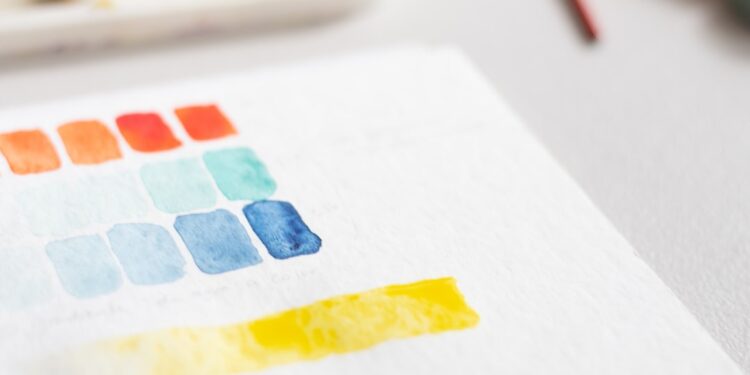Pottery is as old as human civilization itself. From the ancient Greeks to the Chinese dynasties, the craft of pottery has been cherished and celebrated for centuries. There is an undeniable beauty in the act of shaping clay with your hands and creating something unique and functional. In this beginner’s guide to wheel throwing, we will explore the fundamentals of pottery and discover the artistry and joy it can bring.
The first step in wheel throwing is preparing the clay. Clay can be purchased at local art supply stores or online. The type of clay you choose will depend on the desired outcome of your pottery. Some clays are better suited for functional pieces, while others are better for decorative pieces. It’s worth experimenting with different types of clay to discover your personal preference.
Once you have your clay, it’s time to knead it. Kneading the clay helps to remove air bubbles and create a uniform consistency. Take a piece of clay and begin to push, pull, and fold it. This process can be meditative and soothing, allowing you to fully connect with the material.
After kneading, it’s time to center the clay on the pottery wheel. This is a crucial step as it sets the foundation for your pottery. Place the clay in the center of the wheel and use water to wet your hands and the clay. As the wheel spins, gently press down and create pressure in the center of the clay to stabilize it. With practice, you will develop a sense of how much pressure to apply to achieve a perfectly centered piece.
Once the clay is centered, it is time to begin shaping it. Start by creating a hole in the center of the clay with your thumbs. Slowly widen the hole, using your fingertips to shape the walls of the pottery. Remember to keep your hands wet to prevent the clay from sticking to your fingers. As the wheel spins, use gentle pressure and gradual movements to shape the piece. This is where the magic happens, as you witness the transformation of a lump of clay into a graceful vessel.
Experiment with different shapes and sizes to find your personal style. Don’t be afraid to push the boundaries and let your creativity guide you. Pottery is a versatile medium that allows for endless possibilities.
Once you are satisfied with the shape of your pottery, it’s time to let it dry. Place it on a drying rack in a well-ventilated area. Depending on the size and thickness of your pottery, drying can take anywhere from a few days to a couple of weeks. It’s important to be patient during this process to prevent cracking or warping.
After the pottery is completely dry, it’s time for the first firing, also known as the bisque firing. This firing removes any remaining moisture from the clay and makes it more durable. The pottery is heated in a kiln to temperatures around 1800 degrees Fahrenheit. Once the firing is complete, the pottery will have a hard, porous surface ready for glazing.
Glazing is the final step in the pottery-making process. Glaze adds color, texture, and a protective layer to the pottery. There are endless glazing possibilities, from vibrant colors to subtle earth tones. Experiment with different glazes to discover the effects they create on your pottery.
After glazing, the pottery is fired once again in a kiln, this time at higher temperatures to melt and bond the glaze to the clay. The final result is a masterpiece, ready to be admired and cherished.
Pottery is a beautiful craft that allows you to express your creativity while connecting with a timeless art form. Wheel throwing is a skill that takes time and practice to master, but the journey is rewarding. As a beginner, embrace the process, learn from your mistakes, and most importantly, have fun. There is no right or wrong when it comes to pottery, only endless opportunities to create something truly unique. So, go ahead, get your hands dirty, and explore the beauty of pottery through the captivating art of wheel throwing.















